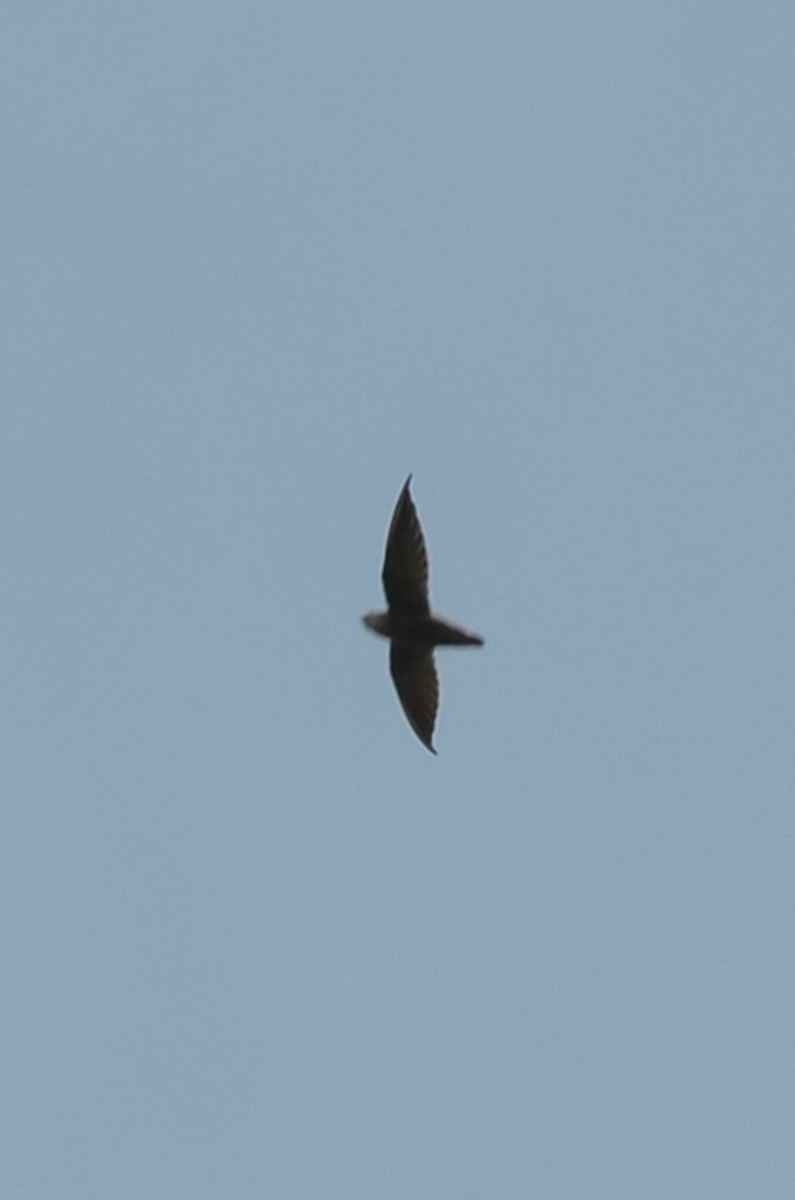Sick's Swift
A species of New World Needle-tailed Swifts Scientific name : Chaetura meridionalis Genus : New World Needle-tailed Swifts
Sick's Swift, A species of New World Needle-tailed Swifts
Botanical name: Chaetura meridionalis
Genus: New World Needle-tailed Swifts
Content
Description General Info
 Photo By Nikolaj Mølgaard Thomsen
Photo By Nikolaj Mølgaard Thomsen Description
The upperparts dark smoky brown. The tail is ashy grey with dark shafts and protruding spines, The throat is grey, lower underparts dark brown, bill and legs black. 
Size
13 cm
Nest Placement
Cavity
Feeding Habits
Sick's Swift predominantly consumes insects, capturing them mid-flight using agile aerial maneuvers. These birds have a specialized diet that often involves foraging at dusk, showcasing unique adaptations for aerial hunting.
Habitat
Sick's Swift's typical habitat includes lowland areas such as the edges of evergreen and secondary forests, as well as second-growth scrub. This species also adapts to urban environments, including towns and cities. Geographically, they are primarily found in subtropical regions. While sick's Swift mostly resides at altitudes below 900 meters, it can be found up to approximately 1600 meters, and during winter, it is observed over primary cloud forests in northern mountain ranges.
Dite type
Insectivorous
General Info
Feeding Habits
Bird food type
Distribution Area
It breeds in south-eastern Brazil and adjacent parts of Argentina, Paraguay and Bolivia, but is believed to spend the Austral winter further north in the Amazon basin, northern South America and Panama. Its exact wintering range is, however, poorly known due to the highly complex matter of field identification of a number of very similar Chaetura swifts found in central and northern South America. In addition to the previously mentioned countries, there are records from Colombia, Venezuela, Suriname and French Guiana. It is generally common, but confirmed records outside its breeding range (where it is the only large Chaetura swift, and therefore relatively easy to identify) are infrequent. Its preferred habitat is lowland evergreen forest edge, secondary forest, open woodland and second-growth scrub but it can be seen flying over virtually any habitat during its annual migration. 
Species Status
The population size for the Sick's swift has not been estimated but it is said to be common within its breeding range, which covers over 5,000,000 km (1,900,000 sq mi), and less common in its wintering range. There is no evidence that the population is declining nor are there any particular threats to this bird apparent, so the IUCN has listed this species as being of "Least Concern". 

 Photo By Nikolaj Mølgaard Thomsen
Photo By Nikolaj Mølgaard Thomsen